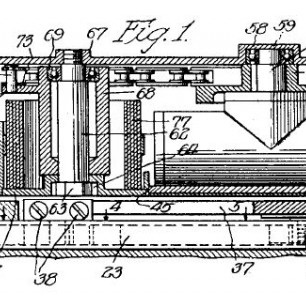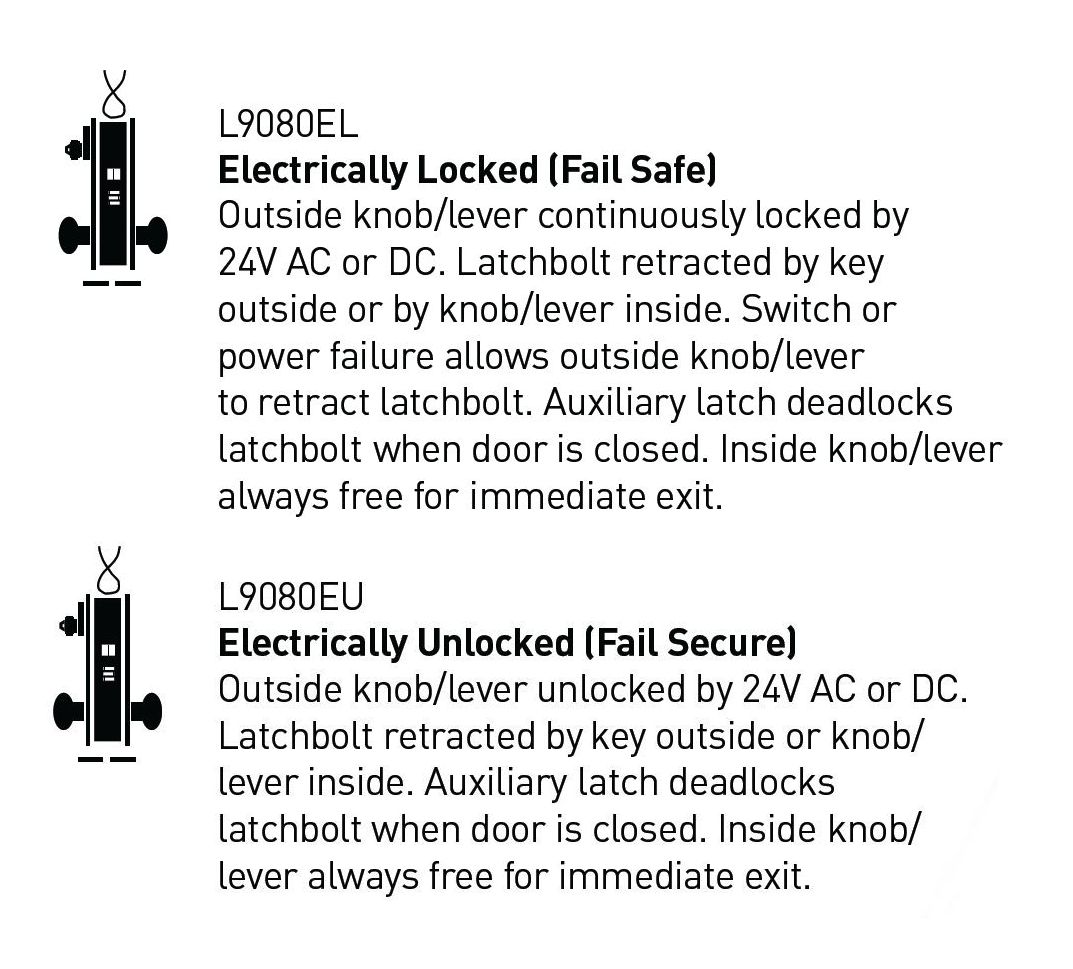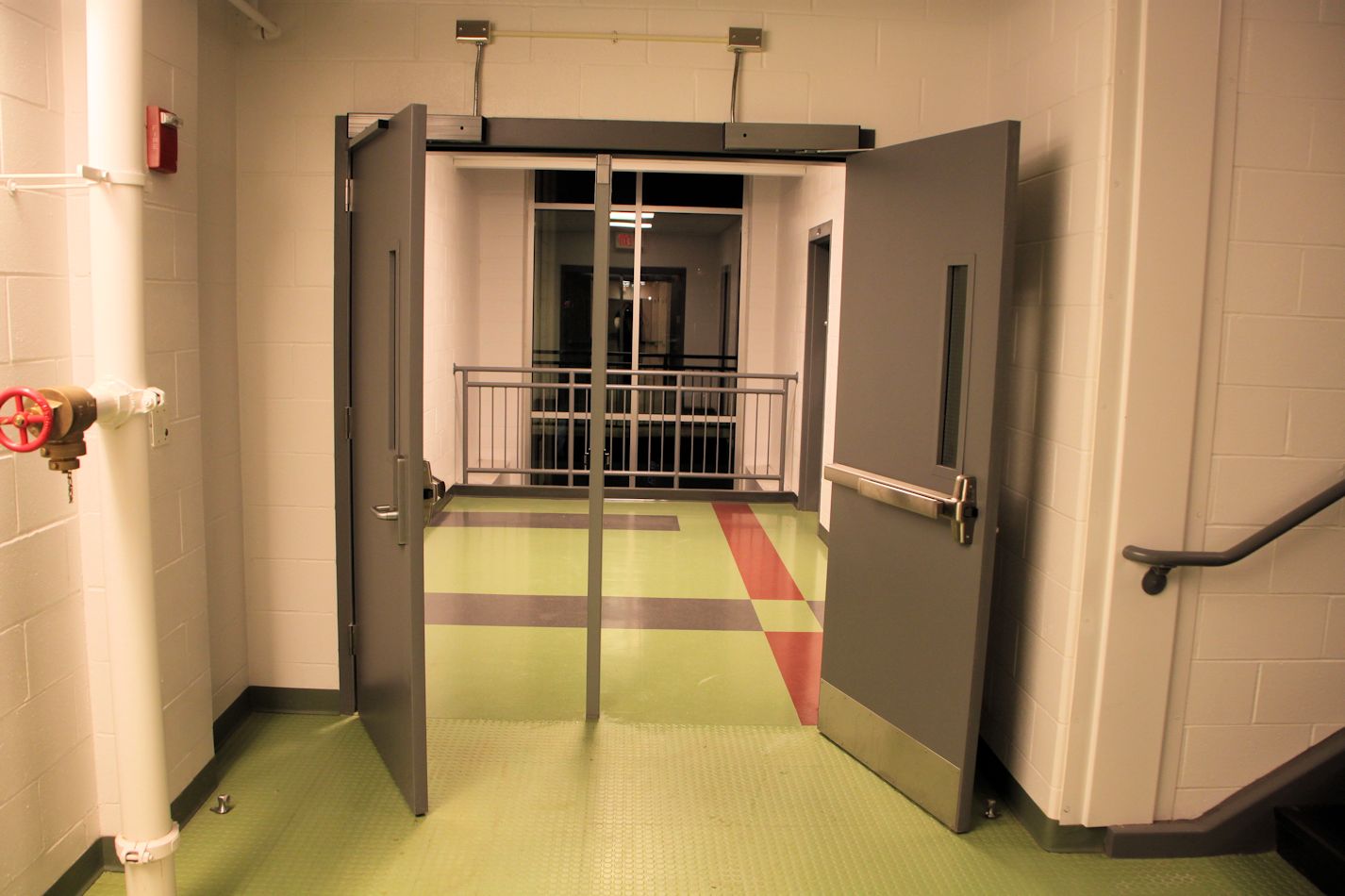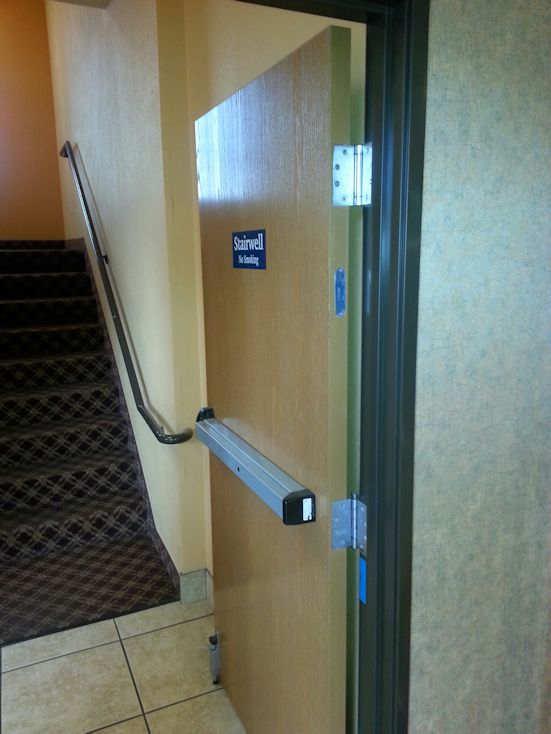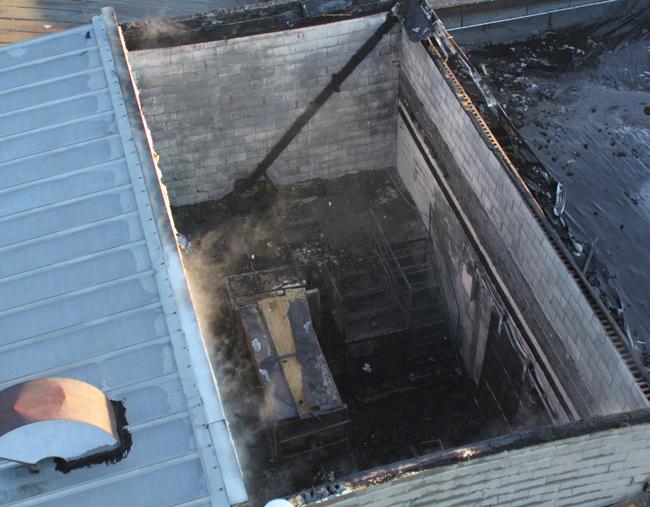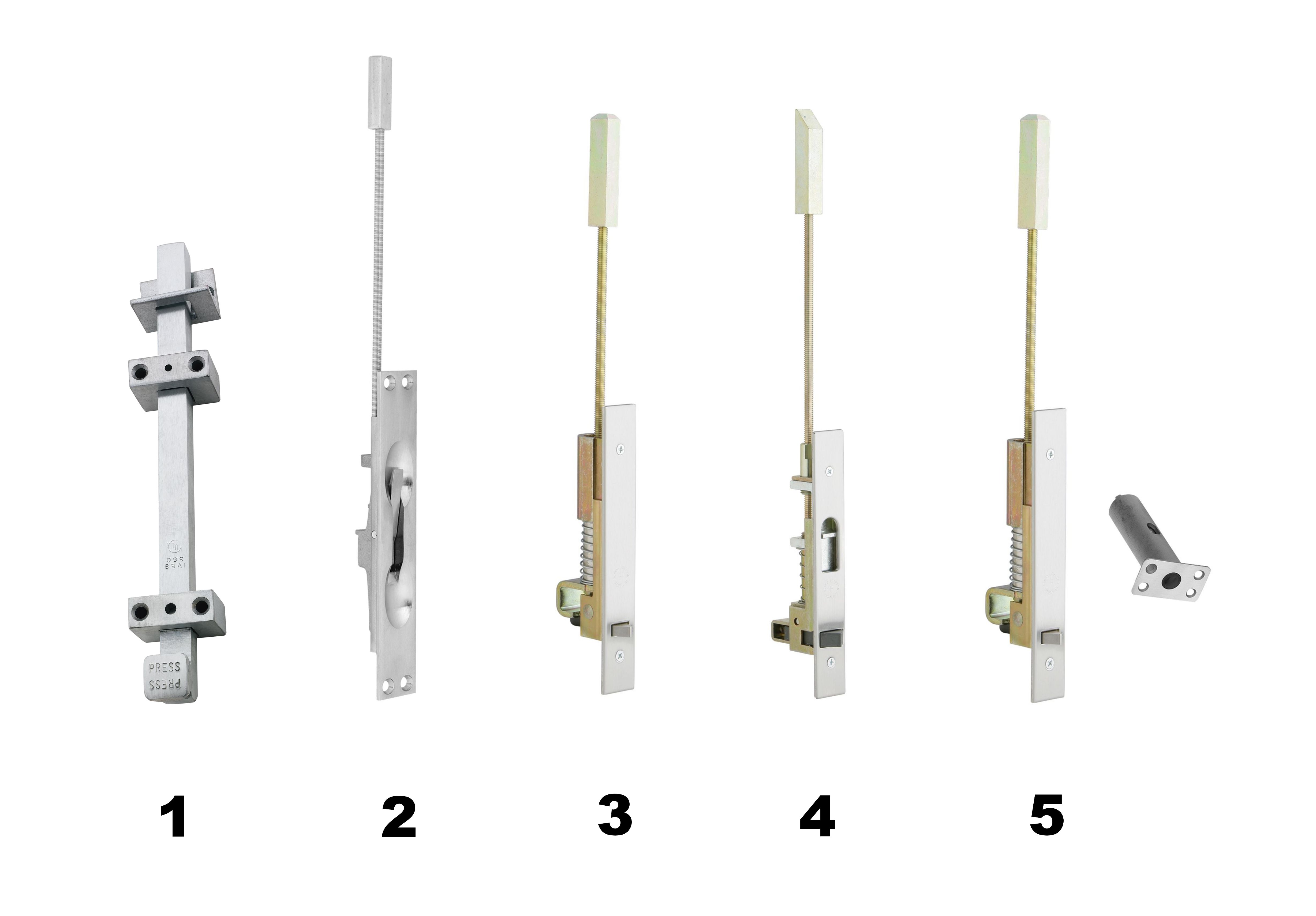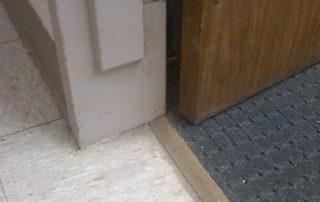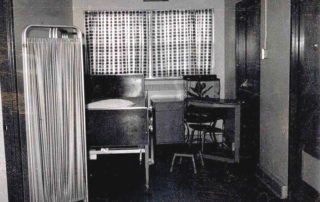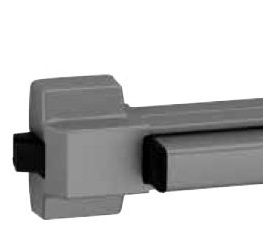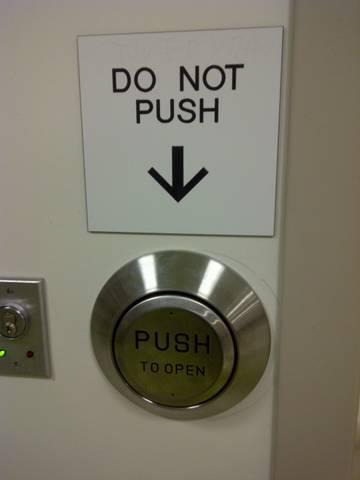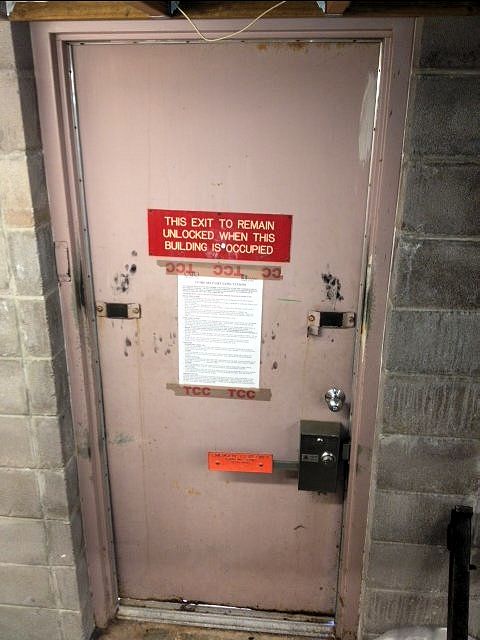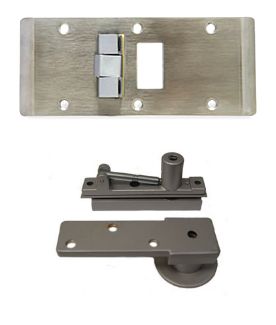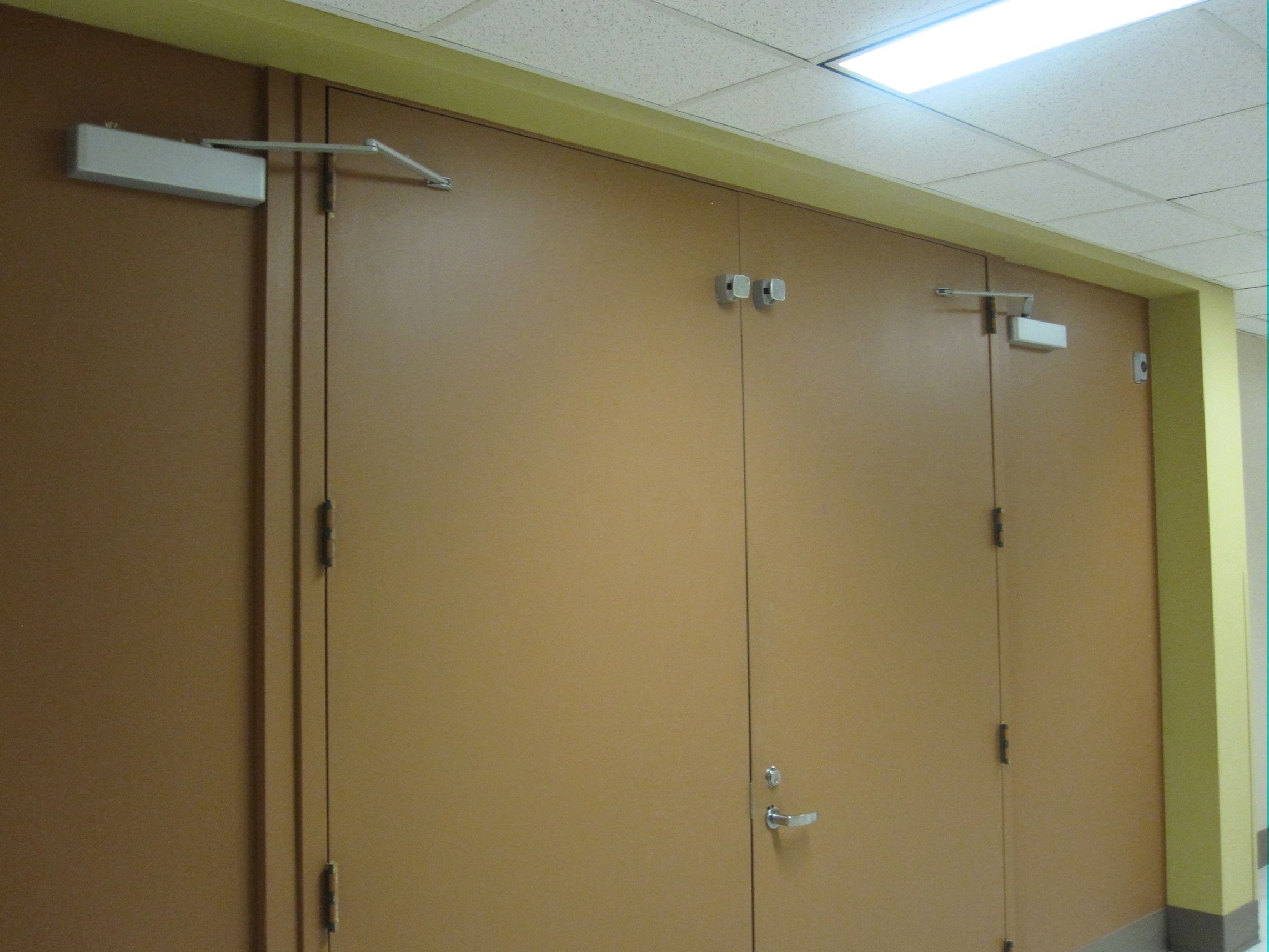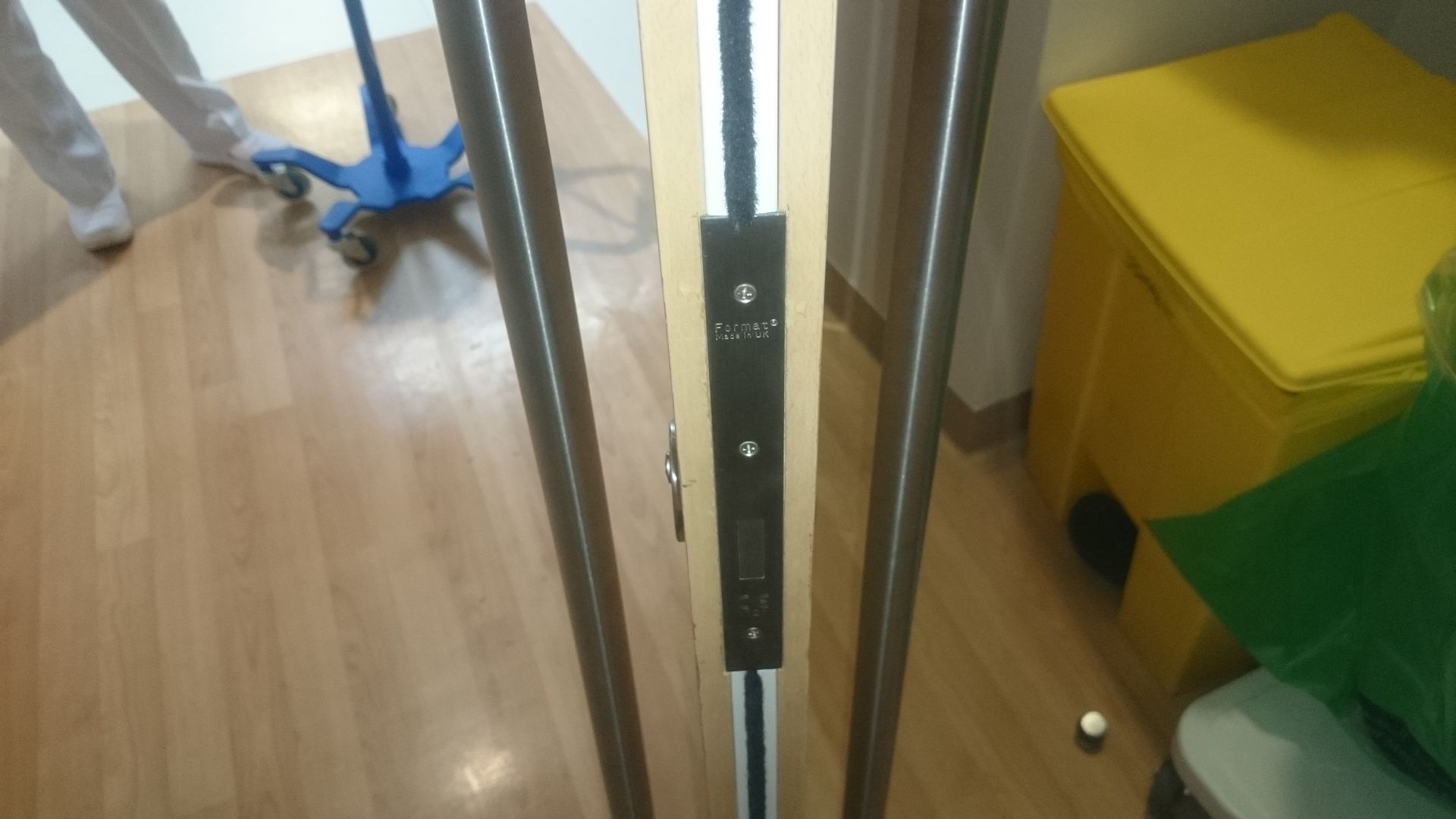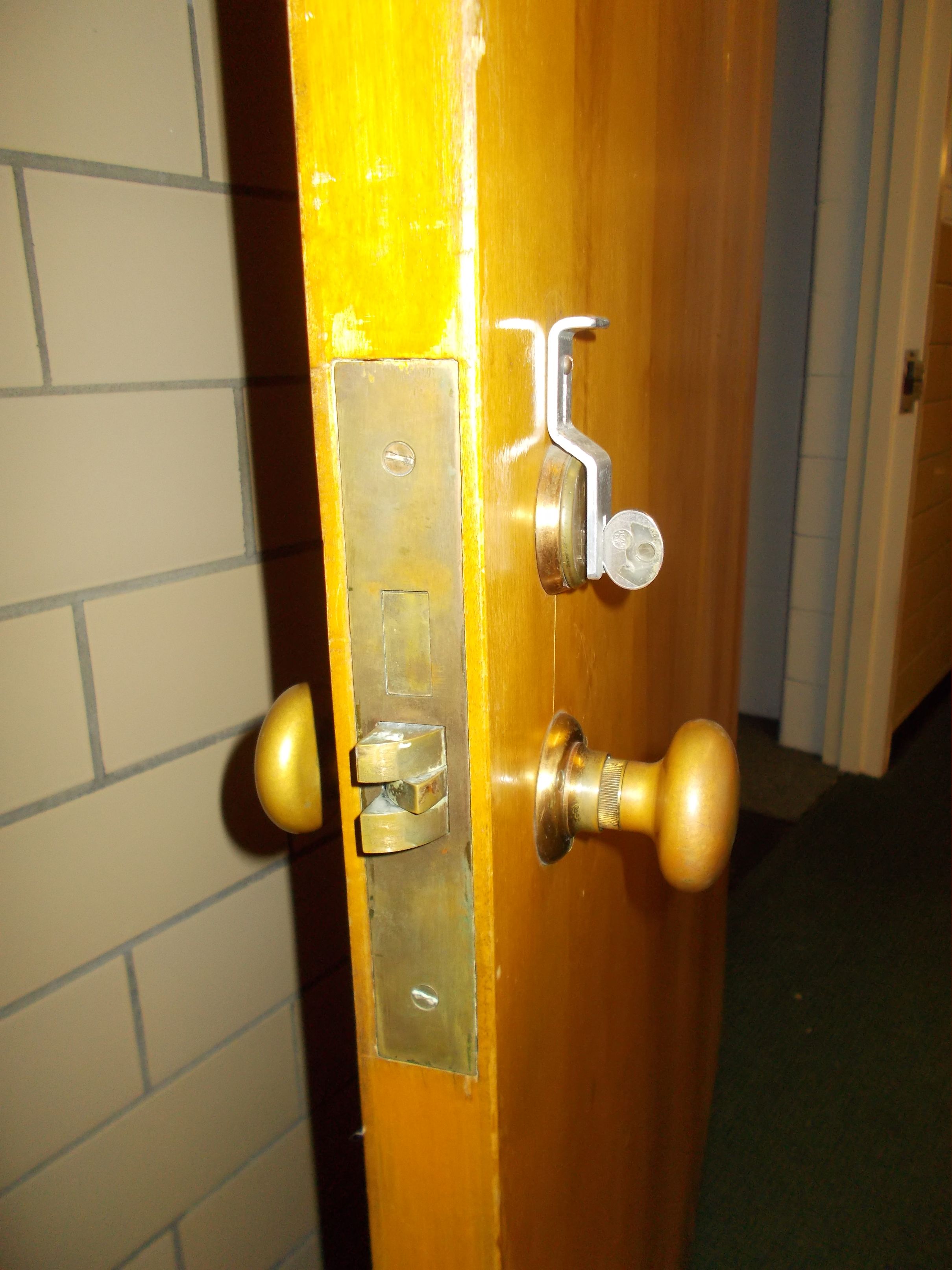Need a new search?
If you didn't find what you were looking for, try a new search!
Social Media Roundup
There have been a lot of interesting door-related stories in the news lately. In case you missed my Tweets...
How I Discovered Door Checks (Part 3), by L.C. Norton
I previously posted Part 1 and Part 2 of this article, and here is the third and final segment.
Fire and Egress Doors in the News
Free Webinar: NFPA 80, Inspection, Testing, and Maintenance of Swinging Fire Doors
Back-2-Basics: Lock Functions
When a hardware consultant writes a specification, it’s common practice to sit down and discuss the project with the architect, at least for the more complicated jobs. The topic of lock functions seems to arise at almost all of those meetings – usually someone in the room needs a refresher on how the basic functions work. In fact, when I was teaching our specwriter apprentices a few weeks ago I said, “Don’t ask the architect if he or she wants a storeroom function lock, ask if the door should always require a key to enter.” A manufacturer’s catalog may show 50 different lock functions (or more!) and it’s difficult or impossible to remember how each function works.
Swing Free in School?
Over the weekend I visited a local high school for a swim meet. Right away I noticed MANY pairs of fire doors equipped with LCN Sentronics, which are designed to hold the doors open until the fire alarm sounds and then close the doors to deter the spread of smoke and flames. Some of these doors were propped open with wood wedges (uh-oh). When I took a closer look, I realized what the problem was.
Reader Photos
Here's a big group of reader photos from the emailbox!
Stabbing Incident in Pennsylvania High School
At least 20 students at Franklin Regional Senior High School in Murrysville were injured, and the alleged attacker is in custody, said Dan Stevens, a spokesman for Westmoreland County Emergency Management...
Fire and Egress Doors in the News
A fire door is being credited with keeping flames contained at a Sturgis manufacturing building...Three people were found unconscious in a stairwell filled with smoke...As Fire Chief Drake put it, the simple act of closing the door can save the lives and contents behind it...
Decoded: Flush Bolts and Coordinators
A common question is whether an inactive leaf that is provided for convenience, aesthetics, or movement of equipment, and not required for egress is allowed to have manually-operated flush bolts...
CMS Interprets Emergency Departments to be Healthcare Occupancies
Because there are so many iDH readers who work for or with health care facilities, I am sharing this information here...
Construction Specifier: Smoke Doors vs. Fire Doors – What’s the Difference?
I receive so many questions about fire doors vs. smoke doors; my article from the June issue of Construction Specifier answers many of them.
The Foundation of Codes – 3 Fundamental Questions (February 2020)
When you're researching a code issue, how do you know which code to follow? Which one supersedes the others? And which AHJ has the final say?
Code Update: Terminated Stops on Fire Door Assemblies
I have had quite a few questions about terminated stops on fire door assemblies, so this change to the 2021 IBC should help to clarify what is allowed by code.
FAQs About Health Care Corridor Doors
Corridor doors in health care facilities - like those leading to patient rooms - will help to protect patients in their rooms from the smoke and flames if a fire occurs. Here are some of the most frequently-asked questions about these assemblies...
WW: Extra Patient Room
During a flu epidemic in 1974, hospital staff was desperate to accommodate the patients needing treatment. Luckily, someone was watching out for the life safety of all of the hospital's occupants.
Panic Hardware on Electrical Rooms
Beginning with the 2002 edition, the National Electric Code (NFPA 70) requires that certain types of electric rooms have doors that open in the direction of egress and are "equipped with panic bars, pressure plates, or other devices that are normally latched but open under simple pressure." According to an engineer I spoke with at the National Fire Protection Association, the releasing device could be a hospital latch or paddle-type release, but the fact that the words "panic bar" are used in the Code has prompted many code officials to require panic hardware.
Electric Latch Retraction?
Well...the latch is retracted and it involves a wire! As a follow-up to yesterday's post about retrofit dogging accomplished with a tie-wrap, here's a photo from Brendan Daley of Horner Commercial Sales that was taken in a new hospital. I'm guessing they weren't happy with the lock function so they came up with this ingenious solution. I especially love the tape on the lever. Thanks Brendan!
Surgical Suite Entry
I have been amazed and touched by the number of people who actually read my Good News/Bad News post all the way to the end and took the time to call or email me about my daughter's surgery. Thank you so much for your care and concern. It has been a tough week and an extremely stressful day, but everything went perfectly and my daughter is doing really well. We're still in the hospital but we hope to be able to go home tomorrow (actually today since it's 2 a.m.).
More Reader Photos
These ALL came from Jeff Tock, one of our national trainers who spends most weeks traveling around conducting classes and sees a lot of doors in the process. Jeff will be here in New England in a few weeks conducting the "Preparing for a Fire Door Inspection" class for facilities. If you work for a hospital, school, university, or other type of facility in the area and want to make sure that you're prepared, let me know and I'll put you on the invitation list.
WW: Don’t Push It
This photo, taken at an Ontario Hospital, was sent by Kelly Chimilar of Allmar. I'm confused.
WW: Manufacturer’s Standard Fasteners
This photo of a hospital corridor door was sent by Hyun Myung Kang. I'm pretty sure this installation doesn't comply with NFPA 80.
WW: What’s wrong with this “exit”?
Unrelated to this post...I need a good clear photo of a hospital stop / terminated stop on a hollow metal frame. Can anyone help me out?
FF: Service Call
Jon Dudley from Allegion sent me this Fixed-it Friday photo after being called out to a hospital because of a panic device that was not functioning properly. The access control system would operate the device electrically, but two self-tapping screws had been installed on the underside of the device which prevented the touchpad from being actuated manually.
Rescue Hardware on Corridor Doors
Is rescue hardware allowed on a corridor door in a hospital or nursing home? Is the door able to provide an effective barrier to limit the passage of smoke without the frame stop?
FF: 180-Degree Pair
Pete Schifferli of Expert Locksmith sent me these Fixed-it Friday photos (this is not his handiwork). These are new doors in a hospital corridor, and the closers are mounted to the wall on each side to allow the doors to open 180 degrees and engage the electromagnetic holders...
WWYD? Patient Room Door
Today's WWYD question is a tough one, and I'm hoping someone has an idea. The hospital is in Qatar, and the patient room doors are currently equipped with long pulls on both sides, and a deadbolt...
FF: Mystery in Maine
Here's what I know. At one time, this door was in an isolation ward that was part of a Maine psychiatric hospital campus built in 1957...
WWYD? Measuring Clearance
I was contacted last week by a door and hardware distributor who has provided fire door assemblies with hollow metal frames and wood doors on a hospital project...
FF: What’s wrong with this picture?
Not too many people would be walking down a hospital corridor and notice the problem shown in today's Fixed-it Friday photo. Can you see it?


